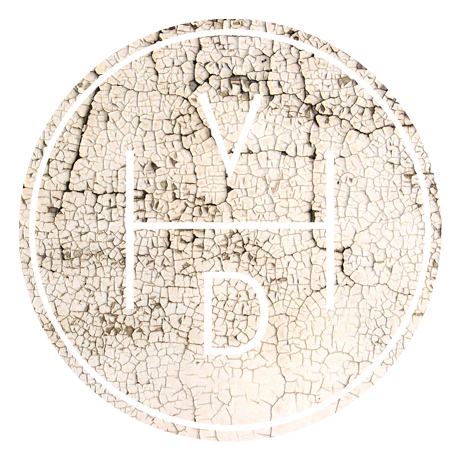Camp Trails Packing List
I came across this gem in the 1977 Explorers Ltd. Source Book. Camp Trails was founded in 1943 by Jack C. Abert, frustrated with the carrying systems of the day he went about designing a pack that was both light weight and comfortable. Camp Trails was born, and went from strength to strength expanding its offering beyond just packs. Although Camp Trails has been bought a few times the name still lives on.
“Maps Firepermit Fishing license Note Book Pencil Hunting License Identification - Medical allergies & restrictions Plastic Bowl Plastic of Sierra Cup Pot Tongs Table Spoon Waterproof Matches Sunglasses Lunch & Trail Snacks Quart Canteens (2) Cook Kit Backpackers Grill Stove (if needed) Food bags Extra bags GI Can openner Rubber bands Condiment Kit - Sugar, milk, coffee, tea, powdered juice, cooking oil, salt & pepper Toilet Kit - Toothbrush, toothpaste, soap (hotel size), paper towels, toilet paper Scouring Pad Flash Light - Spare bulb & batterys Airmatress and Repair Kit, or Foam Pad Tarp and Ground Cloth, or Tent, or Tube Tent 30ft. Nylon Cord Underwear & Socks bandanas (2) Wind Breaker Jacket Stocking Cap Rainwear First aid kit Sunburn Ointment Repellent Chapstick Whistle Matches in a Waterproof Case Candle 2 Dimes Needles & Thread Signal Mirror Safety Pins Water purification
Carried on Person Knife Compass Waterproof Matches”












